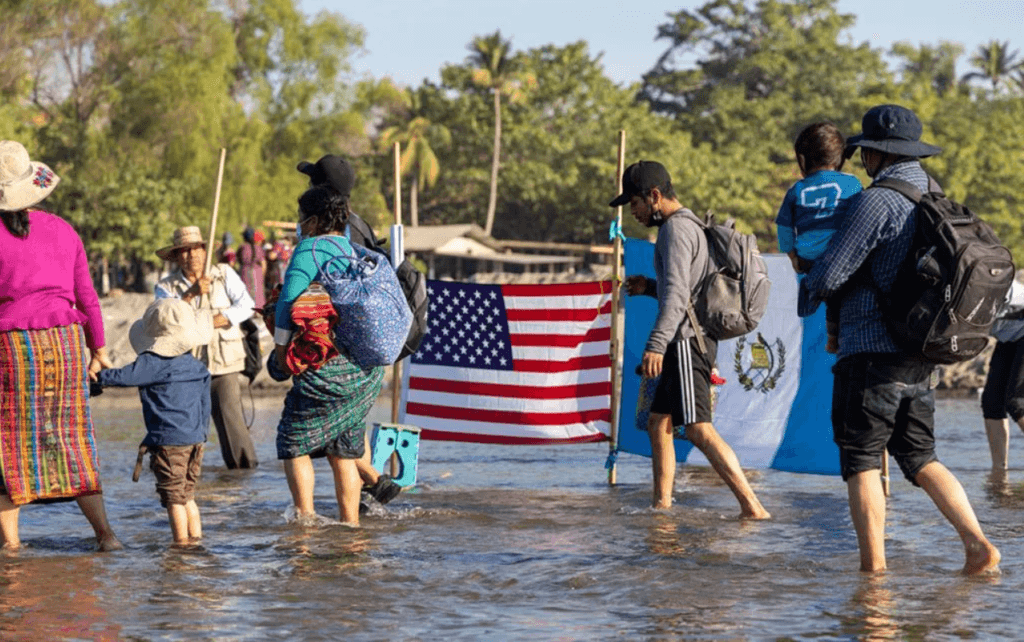By Patrick R. Riccards

The ugly head of hate continues to rise. In recent years, we see far too many incidents of ideology-driven violence across the nation.
By now, we all know that there is a flavor of hate for just about everyone these days. Anti-Black hate following George Floyd and the Black Lives Matter movement. Anti-Asian hate as a result of COVID. Misogynistic hate following women being elected Speaker of the House or vice president. Anti-government hate manifesting itself on January 6, 2021. Anti-Muslim hate following 9–11. Anti-LGBTQIA+ hate coming through efforts to ban books and drag shows. And most recently, antisemitic hate following the October 7 massacre. Sadly, there is a flavor of hate for just about everyone these days.
The growing incidents of ideology-driven violence casts a dark, and growing shadow on our community. These numbers increase because some people are fearful. They increase because we think we are being denied what is rightfully ours. They increase because we are struggling. As our frustration and fears grow, we need targets. They increase because we let the overused tropes of hate drive the selection of such targets. And they increase because we accept such hate as the “new normal” in society.
This disturbing reality can be seen as we witness a significant rise in hate crimes targeting the Latino community. According to recent data, such actions are at an all-time high, with anti-Latino hate crimes increasing by 21 percent in the last two years. Hate against immigrants. Hate against undocumented immigrants. Hate against migrants. Hate against Catholics. Hate against Americans like those from Puerto Rico. Hate against those who speak Spanish in public. Hate against those guilty of nothing more than having brown skin.
Violent extremism — from physically assaulting someone to calling for harm to an individual or group online — is a clear and present danger to our nation. The reality of such acts is often sown by hateful rhetoric. We become tolerant to anti-Latino actions when we blame migrants for taking our jobs or allege they are violent criminals because of their nation of birth or tar them all as criminals. We permit it when our former president says such individuals are “poisoning the blood” of our nation. We even become tolerant when those, including our current, liberal President, use the term “illegal” to describe those coming to our borders in search of opportunity and a better life for them and their family.
It doesn’t have to be this way. Yes, we know that hate is the most powerful emotion we face. Hate driven by fear, doubly so. Those who allow their hate to manifest itself into acts of violent extremism know all too well hate’s power — their fear and perceived sense of vengeance drives them to violent extremism, including the xenophobic, anti-immigrant, anti-migrant words and deeds on the rise today.
Hateful thoughts lead to hateful words. And hateful words lead to hateful actions. It has been that way since the dawn of time, and it is certainly on display as we experience the growth in ideology-based hate in this country at levels never seen before.
Collectively, we need to accept that we are all accountable for helping our fellow men and women. We need to show compassion to those needing it. We need to offer help to those seeking it. We need to offer understanding to those searching for it. And we need to say that anti-Latino (or antisemitic or anti-woman or anti-LGBTQ+ or anti-African American or the growing list of anti- flavors of hate present in the United States) is not acceptable.
That means showing love and understanding to those seeking to come to America as many of our grandparents or great grandparents also did. It means accepting that many Latinos in the United States are also Americans. It means remembering the words on the base of the Statue of Liberty, the sentiment that has welcomed generations of immigrants into America: “Give me your tired, your poor, your huddled masses yearning to breathe free, the wretched refuse of your teeming shore. Send these, the homeless, tempest-tost to me.”
To some, it is simply the Latino community’s turn to take on the slings and arrows of violent extremism in the United States. To others, Latino targeting is a political dog whistle. And to others still, it is merely rhetoric we are willing to accept, seen as less egregious or more acceptable than other hateful, discriminatory words.
According to the most recent Census data, 19 percent of Americans are Latino, a number similar to the Latino members serving our nation today in the U.S. Armed Forces, and slightly lower than the 21 percent of today’s college students identifying as Latino. As such, we, as a nation, must be held accountable for the anti-Latino words and deeds we currently tolerate. And we must be accountable for the ideology-based acts that this hate directs.

